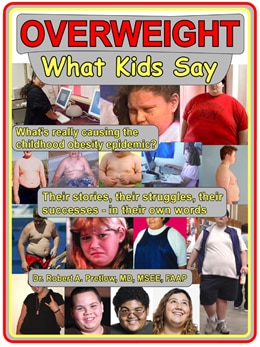Semaglutide and Psychiatric Risk

Weight gain and its associated health risks often pose significant challenges for people with psychiatric disorders. The intersection of mental health and physical well-being necessitates careful consideration of treatment options, particularly when addressing weight management.
Semaglutide, a glucagon-like peptide-1 (GLP-1) receptor agonist, gained FDA approval in 2017 for the treatment of type 2 diabetes. It operates by mimicking the GLP-1 hormone, which regulates insulin production and influences food intake and reward mechanisms within the brain. The medication, renowned for its efficacy in weight loss, has recently come under scrutiny for its potential psychiatric side effects, prompting clinicians and patients to reevaluate its role in managing obesity, particularly in people living with serious mental illness.
The APA poster on psychiatric comorbidities
Heidi Anne Duerr, MPH, reported for Psychiatric Times on a case study that was presented at the 2024 American Psychiatric Association Annual Meeting. The study shed light on the complexities of using semaglutide in patients with psychiatric comorbidities.
Presented in the poster titled “Semaglutide-Induced Suicidal Ideation in a Patient with Psychiatric Comorbidities: A Case Report,” study author Raju Kakarlapudi and colleagues recounted the upsetting experience of a 42-year-old female patient dealing with morbid obesity and type 2 diabetes mellitus alongside bipolar I disorder and posttraumatic stress disorder (PTSD).
The patient’s difficult journey
Bariatric surgery, a common weight loss intervention, was deemed unsuitable due to the patient’s psychiatric history. Consequently, semaglutide, marketed as Ozempic, emerged as a viable alternative to help the patient manage weight. However, within a mere three weeks of starting the medication, the patient started exhibiting “significant psychiatric disturbances including abrupt behavioral alterations and protracted nihilistic delusions.” Disturbingly, she even attempted self-strangulation on multiple occasions. Subsequent discontinuation of semaglutide led to the disappearance of these behavioral changes.
Additional research uncovered this
Kakarlapudi and colleagues said that…
The primary aim [was] to augment awareness regarding the potential adverse effects associated with Ozempic utilization, both among the general populace and within the psychiatric community.
Kakarlapudi et al. conducted an extensive literature review using Google Scholar, uncovering approximately 60 documented cases of suicidal ideation and seven suicide attempts linked to semaglutide use. Interestingly, many patients reported an improvement in depression upon discontinuation of the drug, suggesting a potential association between semaglutide and depressive symptoms that could precipitate suicidal ideation.
What we were told back in January
Interestingly, it was widely reported last January that health agencies in the U.S. and Europe have conducted thorough reviews and found no evidence linking thoughts of suicide or self-harm to semaglutide. The European Medicines Agency concluded after a nine-month review that there is no causal association between GLP-1 receptor agonists and suicidal thoughts or actions. Similarly, the Food and Drug Administration (FDA) in the U.S. reached a similar conclusion after examining reports to its adverse event reporting system. That only goes to show that more research is needed while we proceed with caution when it comes to using these weight loss medications.
The bottom line
The authors of the case study underscored the need for further research to elucidate the underlying mechanisms by which semaglutide may exacerbate psychiatric symptoms and precipitate suicidal ideation. By identifying specific proteins and enzymes implicated in these adverse effects, clinicians can better mitigate risks and tailor treatment strategies to individual patient needs.
Your responses and feedback are welcome!
Source: “Annual Meeting: Poster Investigates the Link Between Semaglutide and Suicidal Ideation,” Psychiatric Times, 05/07/24
Source: “Ozempic isn’t linked to suicidal thoughts, U.S. and European health agencies find,” NBC News, 4/15/24
Image by Hans Reniers on Unsplash










 FAQs and Media Requests:
FAQs and Media Requests: 











